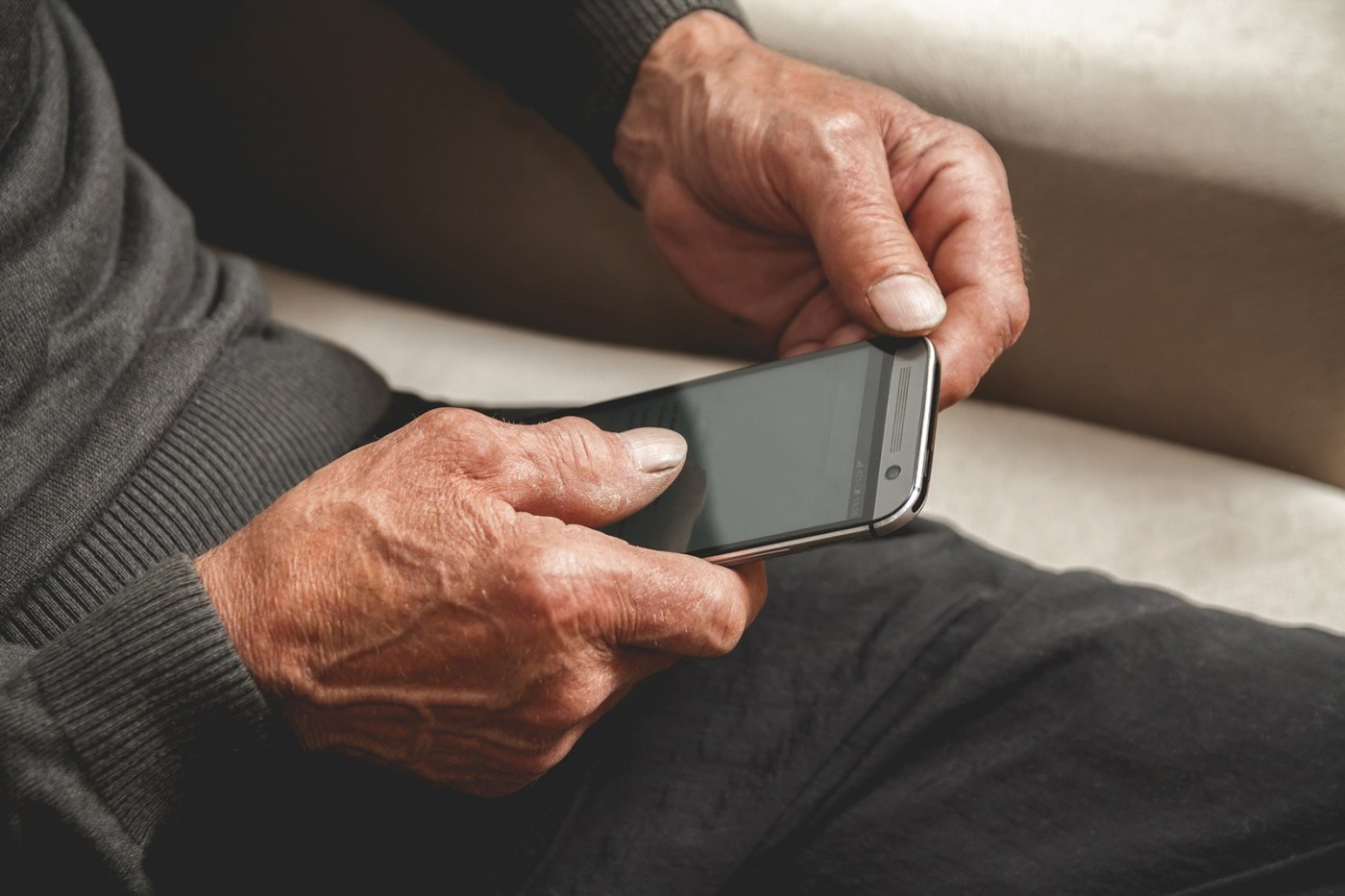Nicole Norfleet | Star Tribune (TNS)
I hung up the phone last summer thinking the Xfinity customer service representative had been really helpful. I needed to make a late payment and take care of the current bill. The rep took my information over the phone, I saw the payments post on my account and thought nothing more of it.
Only I wasn’t really talking to an Xfinity employee. A few weeks later, my Wi-Fi stopped working. I contacted Xfinity again and the representative told me the company discontinued my internet for nonpayment.
It would take several hourlong calls with multiple Xfinity representatives over more than a week, another attempt at a payment that was again unsuccessful and multiple frustrating shutoffs for me to realize I had been scammed.
A recent report by the Federal Trade Commission (FTC) listed the Top 10 companies U.S. consumers reported scammers impersonated last year. People just like me lost more than $200 million to someone lying about being a representative of those companies.
Topping the list of the most faked was electronics retailer Best Buy and its tech repair service Geek Squad. Also on the list were Amazon, PayPal, Apple and yes, Comcast/Xfinity.
Scammers have continued to get more sophisticated, making them harder to spot.
“We’re using email, text, online, auto pay,” said Emma Fletcher, a FTC senior data researcher. “We’re getting alerts. We’re all over the place using these different technologies and they’re meeting us where we are. They’re using them too. And they are using them in ways that make them appear very similar if not identical to the way the real company might use the technology.”
Scammers often try to make it seem like you have to act quickly either to win money or to not lose money. A popular scam centers on a membership about to be renewed or something being charged you didn’t authorize. Oftentimes, the amount is high enough it causes alarm and makes you want to call back.
Because you are in a rush to fix a problem, you can get sloppy like I did. I was several months pregnant and distracted at the time, so when somebody offered to take my payment over the phone — even though that’s not usually the way we pay the bill — I was relieved.
He also told me I could call them directly if there were any issues, another red flag I shrugged off. Customer service representatives rarely give direct lines.
“They are positioning themselves as someone who could protect your money or fix the problem,” Fletcher said. “It can seem like they are being very helpful, but in fact they are walking you down the road to taking your money.”
Sometimes scammers play the bad cop and threaten penalties or jail time if items aren’t paid. Other offers sound “too good to be true,” according to the Better Business Bureau (BBB).
Related Articles
Gen Z is traveling more, and debt isn’t slowing them down
Courts halt parts of President Biden’s student loan repayment plan
Here’s how much the middle class has shrunk since the 1970s
Jill On Money: Elder financial abuse is on the rise
The hidden cost of helping friends earn more credit card rewards
A primary step to protect yourself is to take the time to stop and verify a correspondence even if you have a legitimate relationship with the company. Don’t use the phone number and links that are in an email or text.
Nowadays, scamming messages aren’t as obvious as they were in the past with multiple misspellings and grammar mistakes. The email or website may only be off by a letter or number. If you aren’t sure about something, end the communication and contact the company directly through a verified channel.
I will admit I never thought I would get scammed. I had a preconceived notion that scamming only worked on people who weren’t tech savvy. However, younger people are more likely to report losing money than older people, Fletcher said.
Still, elderly consumers tend to report more tech-support scams and their losses tend to be much higher.
“It’s definitely important for everyone to realize that they are at risk,” Fletcher said. “‘Oh it doesn’t happen to people like me. It happens to these other people that are gullible or what have you or older.’ Everyone has a stereotype of who it will happen to and it’s not them.”
Be aware the effects go beyond lost money. I was extremely embarrassed when I was scammed and I felt like I failed to protect my family. While it’s easy to blame yourself, remember that you are a victim.
“There’s a nonfinancial toll that takes place in a transaction like that,” said Bao Vang, vice president of communications for the Better Business Bureau in Minnesota and North Dakota. “It’s not just the money.”
Do not call any numbers or click any links that come up online and claim you have issues with one of your devices, according to Best Buy. Best Buy generally does not make unsolicited calls to customers.
If you receive an unexpected message or call that makes you suspicious, hang up. Also, avoid giving remote access to someone saying they will fix your device. Scammers can install malware once given access which can be used to steal personal information.
“While scams are becoming increasingly sophisticated, we have a team of experts and a number of resources dedicated to help prevent fraud and educate consumers, including how to spot warning signs and protect themselves,” according to Best Buy.
Best Buy has a fraud prevention team that works with the FTC, federal law enforcement and other retailers. The retailer also created a site with tips at bestbuy.com/stopfraud.
Don’t trust caller ID even if it looks like Microsoft or another company is calling. Scammers can spoof official-looking phone numbers, according to the BBB. It’s also easy for scammers to plant false numbers online.
From what I can remember, I had quickly Googled a number to talk to a live Xfinity person. I know it can be tempting to use a number that a “helpful” customer posted online to speak directly with a customer service agent, but only trust lines from a company’s official website or your bill.
Once you think you have been scammed, report directly to your bank. Even before I reported it, my bank sent me a message that my card number was being used in a foreign country. I ended up having to change my card number twice. I was able to get reimbursed, but that doesn’t always happen.
Another place to report a scam is the BBB Scam Tracker, which you can use to search for questionable phone numbers, websites or scams by business name. When I searched, I found numerous stories similar to mine.
You also should report scams to the FTC at ReportFraud.ftc.gov. The data from that site is sent to multiple law enforcement agencies. In April, a new federal rule on government and business impersonation went into effect and enabled the FTC to file federal court cases to recover money for scammed consumers and civilly penalize violators.
Remember, real companies won’t tell you to get gift cards or pay by bitcoin. And if it sounds weird to you, hang up and try to contact a company through a verified line.
©2024 StarTribune. Visit at startribune.com. Distributed by Tribune Content Agency, LLC.












